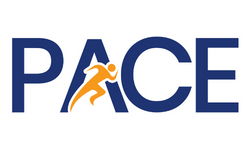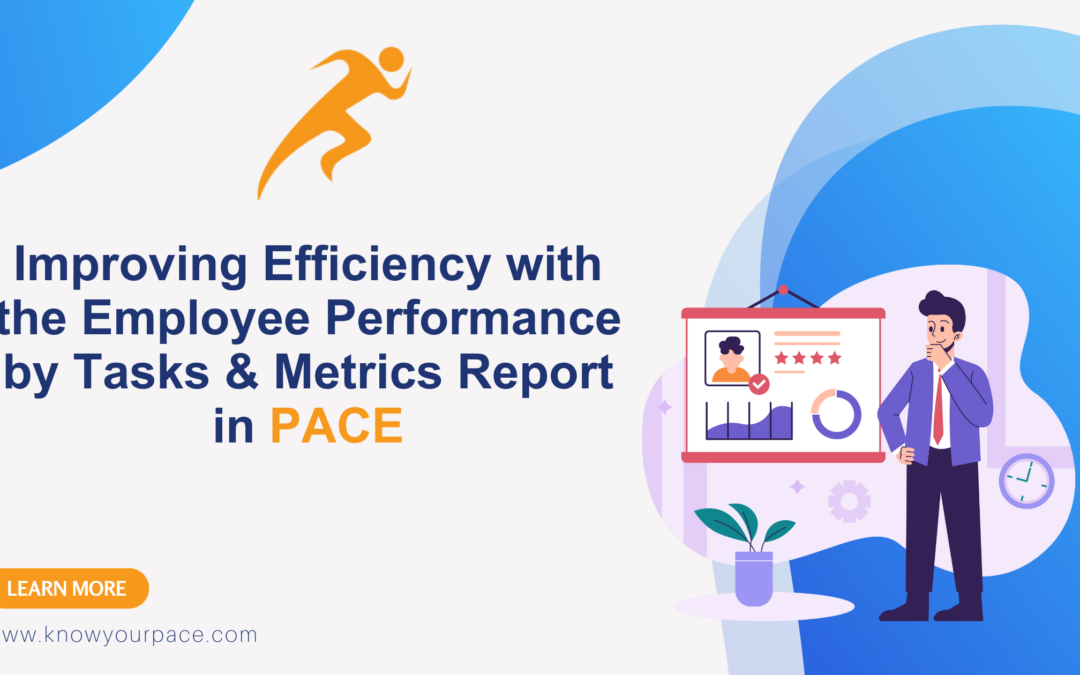Understanding employee performance is crucial for maximizing efficiency and aligning team efforts with organizational goals, especially in the document scanning and management business. The Employee Performance by Tasks & Metrics Report within the PACE Business Operating System is a powerful tool designed to provide managers with actionable insights into employee productivity, task efficiency, and project-related costs.
What Does the Report Offer?
The Employee Performance by Tasks & Metrics Report offers a detailed analysis of an employee’s average hourly performance per project. This analysis is grouped by employee and provides an overview of their productivity across one or more projects. By comparing performance metrics, managers can identify trends, spot inefficiencies, and make informed decisions to optimize operations.
Key features of the report include:
- Detailed Metrics:
- Tracks average hourly performance per employee, providing a granular view of productivity.
- Breaks down performance by tasks within specific projects, offering clarity on individual contributions.
- Cost Analysis:
- Calculates the cost associated with employee performance on a per-project basis, enabling a clear understanding of budget utilization.
- Helps align resource allocation with project requirements and organizational priorities.
- Comparative Insights:
- Facilitates comparisons between employees working on the same project to identify top performers and areas for improvement.
- Allows for performance comparison across multiple projects to spot trends and benchmark productivity standards.
Use Cases of the Report
- Optimizing Team Performance:
Managers can use the report to identify high-performing employees and replicate their strategies across the team. Similarly, it highlights areas where additional training or support might be needed for underperforming staff. - Project Cost Management:
Understanding the cost implications of employee performance on projects ensures better financial planning and resource allocation. This is especially valuable for organizations that bill clients based on project hours. - Fair Performance Benchmarking:
The ability to compare employee performance for the same project ensures fairness and transparency. Managers can establish realistic benchmarks and foster a culture of accountability. - Cross-Project Analysis:
Comparing performance across projects provides insights into the challenges and successes of different workflows. For instance, if productivity dips on a particular project, it may indicate an opportunity to streamline processes or reallocate resources.
Benefits of Using the Report
- Increased Transparency: Employees and managers gain clarity on how individual efforts contribute to overall project goals.
- Improved Decision-Making: Real-time performance insights help managers make data-backed decisions about task delegation, training, and resource planning.
- Enhanced Employee Engagement: Sharing performance data with employees can foster motivation and a sense of ownership in their work.
- Cost Savings: By identifying inefficiencies, organizations can optimize workflows and reduce costs without compromising on quality.
Conclusion
The Employee Performance by Tasks & Metrics Report within PACE is more than just a performance tracking tool; it’s a window into operational efficiency and a guide to informed decision-making. By leveraging this report, organizations can drive productivity, enhance transparency, and ensure that every team member contributes to their fullest potential.
Curious about how PACE can transform your workplace operations? Visit knowyourpace.com to learn more!

